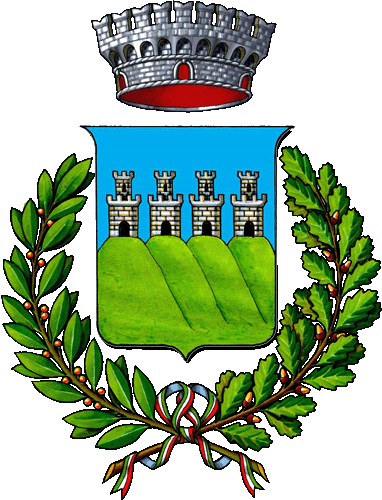Enrico IV
Protagonista della storia medievale, Enrico IV partecipò attivamente alla lotta per le investiture tra Papato e Impero in un’epoca segnata da violenti scontri e tumulti.
Divenuto imperatore del Sacro Romano Impero all’età di sei anni, dovette difendere dalle mire espansionistiche della Chiesa il suo potere e il suo trono, subendo anche il tradimento dei suoi familiari.
Bisognava trovare un equilibrio, seppur precario, tra la fedeltà dei nobili e l’appoggio del Pontefice ed Enrico IV cercò fino alla morte in solitudine di mantenere questo proposito.
Il Dictatus Papae emanato da papa Gregorio VII, dove si enunciava che il pontefice era la massima autorità spirituale e in quanto tale poteva deporre la massima autorità temporale, l'imperatore, mediante la scomunica, è forse l’evento culminante di tutta la lotta delle investiture.
L’imperatore depose il Papa colpevole di non essere stato eletto dal re e Gregorio VII scomunicò ufficialmente Enrico IV e lo dichiarò decaduto.
In questo periodo importantissima è la figura della contessa Matilde di Canossa che, cugina dell’imperatore, ma fedele al papato, funge da mediatrice e organizza un incontro tra i due al Castello di Canossa.
Per giungere alla revoca della scomunica, per tre giorni Enrico IV, vestito di sola lana e a piedi nudi, rimase fuori dal Castello dando vita alla famosa “Umiliazione di Canossa”.
Ottenuta la revoca, dovrà subire una seconda scomunica e deposizione, il tradimento dei figli, guerre interne in Germania con il nuovo re e sconfitte in terra straniera.
Lo scrittore Luigi Pirandello dedica alla figura di Enrico IV una tragedia dove l’umiliazione di Canossa, un momento storico imbarazzante per l’imperatore, si consuma in un ventennio lacerante e pieno di drammi, mostrandoci la sensibilità, le nevrosi e la solitudine di questo affascinante personaggio.
Henry IV
Protagonist of Medieval history, Henry IV actively participated in the investiture struggle between the Papacy and the Empire in an era marked by violent clashes and riots.
Having become Emperor of the Holy Roman Empire at the age of six, he had to defend his power and his throne from the expansionist aims of the Church, also suffering the betrayal of his family. It was necessary to find a balance, albeit precarious, between the fidelity of the nobles and the support of the Pope and Henry IV tried to maintain this purpose in solitude until his death.
The Dictatus Papae issued by Pope Gregory VII, where it was stated that the pontiff was the highest spiritual authority and as such could depose the highest temporal authority, the emperor, through excommunication, is perhaps the culminating event of the whole struggle of the investitures.
The Emperor deposed the Pope guilty of not having been elected by the king and Gregory VII officially excommunicated Henry IV and declared him forfeited. In this very important period is the figure of Countess Matilde di Canossa (Matilda of Tuscany) who, cousin of the Emperor, but faithful to the papacy, acts as a mediator and organizes a meeting between the two at the Castle of Canossa.
To reach the revocation of the excommunication, for three days Henry IV, dressed only in wool and barefoot, remained outside the castle giving life to the famous “Humiliation of Canossa”. Having obtained the revocation, he will have to undergo a second excommunication and deposition, the betrayal of his children, internal wars in Germany with the new king and defeats in a foreign land.
The writer Luigi Pirandello dedicates a tragedy to the figure of Henry IV in which the humiliation of Canossa, an embarrassing historical moment for the Emperor, takes place in a lacerating and drama-filled twenty-year period, showing us the sensitivity, neurosis and loneliness of this charming character.


